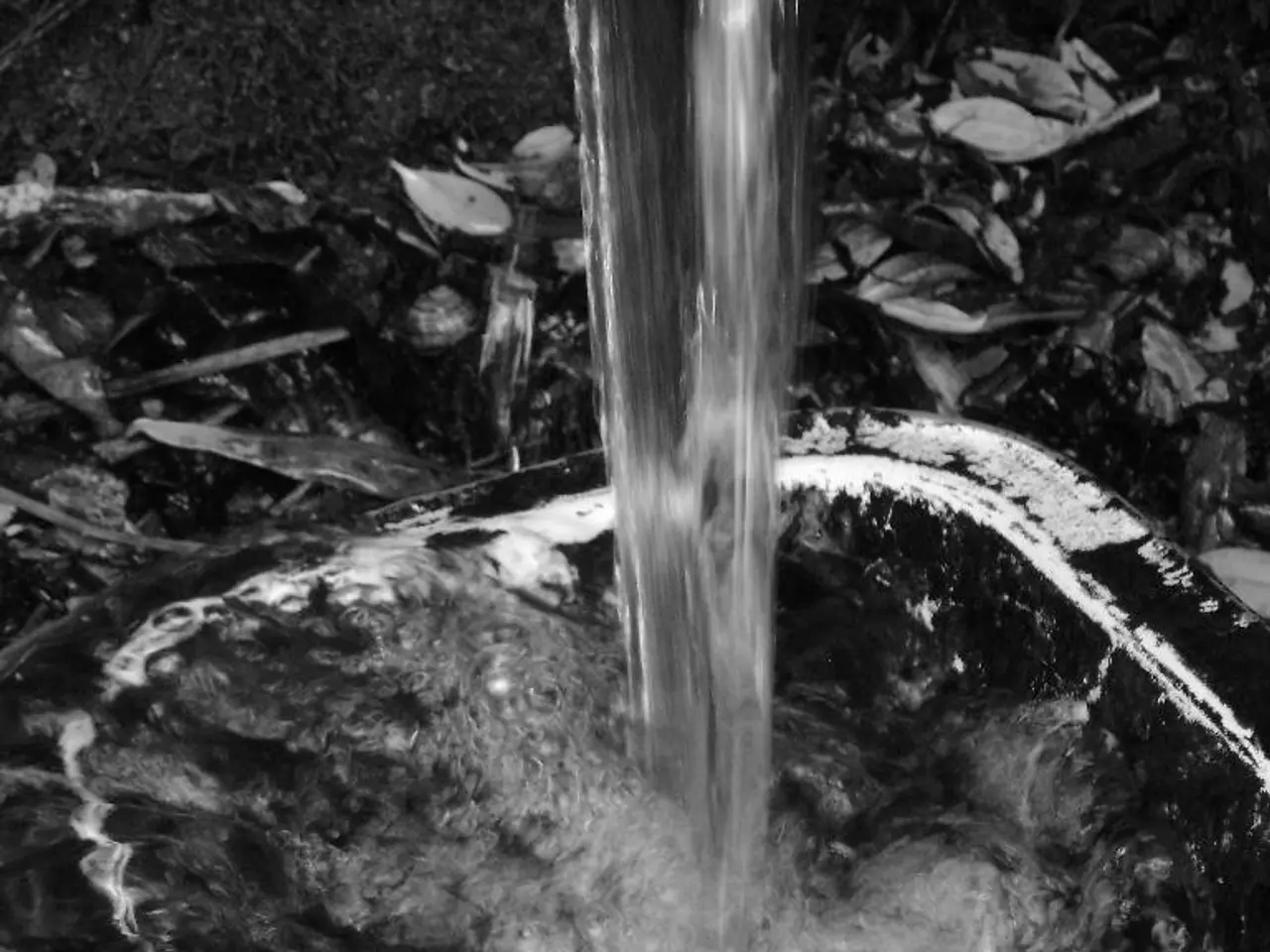Assess Soil Moisture Levels: Your Swift Pathway to Thriving Vegetation
In the quest to keep your potted plants thriving, a soil moisture meter can be a valuable tool. Here's a step-by-step guide on how to use one effectively.
- Proper Depth Insertion: Insert the moisture meter probe to the appropriate depth. For container plants, this typically ranges between 2 to 4 inches, depending on the root zone depth. Shallow pots require shallower insertion, while larger plants may need 4 inches or more.
- Reading the Moisture Level: Most moisture meters indicate soil moisture on a scale, often from 1 (dry) to 4 (wet). Tropical plants prefer readings between 3 and 4 (moist soil), while most non-tropical container plants do well with readings between 2 and 3, indicating slightly moist but not soggy soil.
- Watering Based on Low Moisture: Only water when the meter reading indicates the soil is in the low moisture range (e.g., below 2 or close to "dry"). This helps prevent overwatering and root rot.
- Regular Checks: Check soil moisture in several locations around the pot, especially for larger pots. Since container soil dries fast, check daily in hot weather — sometimes twice daily.
- Developing a Watering Schedule: Use the moisture meter readings over several days to learn how quickly your pots dry out. Adjust your watering frequency accordingly to maintain soil consistently healthy but not saturated.
Remember, do not rely solely on visual cues like wilting or cracked soil, as they don’t always indicate dryness. After rain, re-check soil moisture before watering again to avoid unnecessary watering. In hot summer conditions, watering deeply until water drains out of the pot bottom helps maintain healthy roots.
Additional tips include considering soil amendments or water-retaining additives if your pots dry out too quickly. Soil moisture meters are handheld devices that measure the moisture content in plant soil. Wait 30-60 seconds for the reading to appear on the gauge.
Different plants have different tolerances to moist soil, so it's always a good idea to do research into the specific needs of your plant. If the plant looks like it is wilting but the meter says the soil is moist, the meter may not be working properly.
Soil moisture meters are particularly useful for plants that require consistent watering, such as tropical plants. However, they may be less useful for drought-tolerant plants like cacti, succulents, and Ficus species, as they need to be watered when the soil is dry further down.
Test the soil with a meter every 7-10 days, or more frequently for smaller plants. If the soil is very fluffy and airy, this may also affect the accuracy of the reading.
Maintain your meter by removing the probe from the soil, cleaning it, and storing it in a dry place after each use.
- In the realm of health-and-wellness and home-and-garden, a soil moisture meter can also be a valuable tool in understanding the moisture content of the plant soil in your fitness-and-exercise corner, specifically for potted plants, helping to maintain a proper moisture level for your diverse collection of plants, improving their overall lifestyle.
- When it comes to fitness-and-exercise and lifestyle choices, using a soil moisture meter regularly to check soil moisture levels in your home-and-garden can be an essential part of your health-and-wellness routine, ensuring that your indoor potted plants remain healthy, promoting a welcoming living environment.




